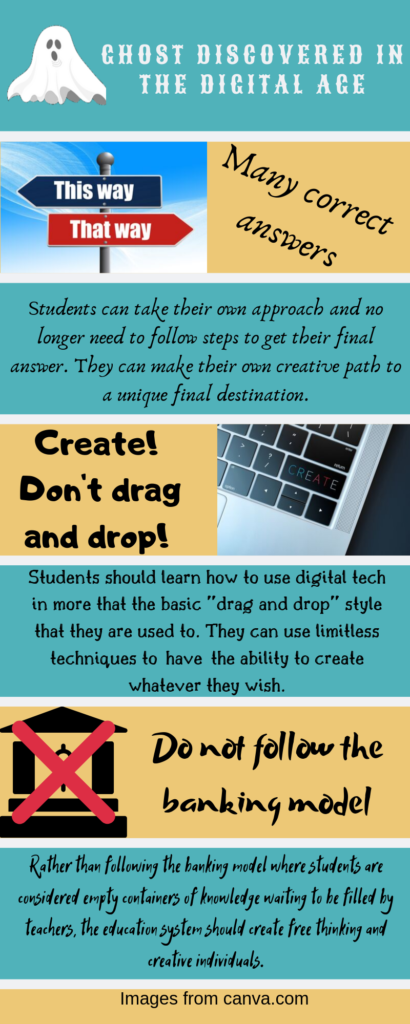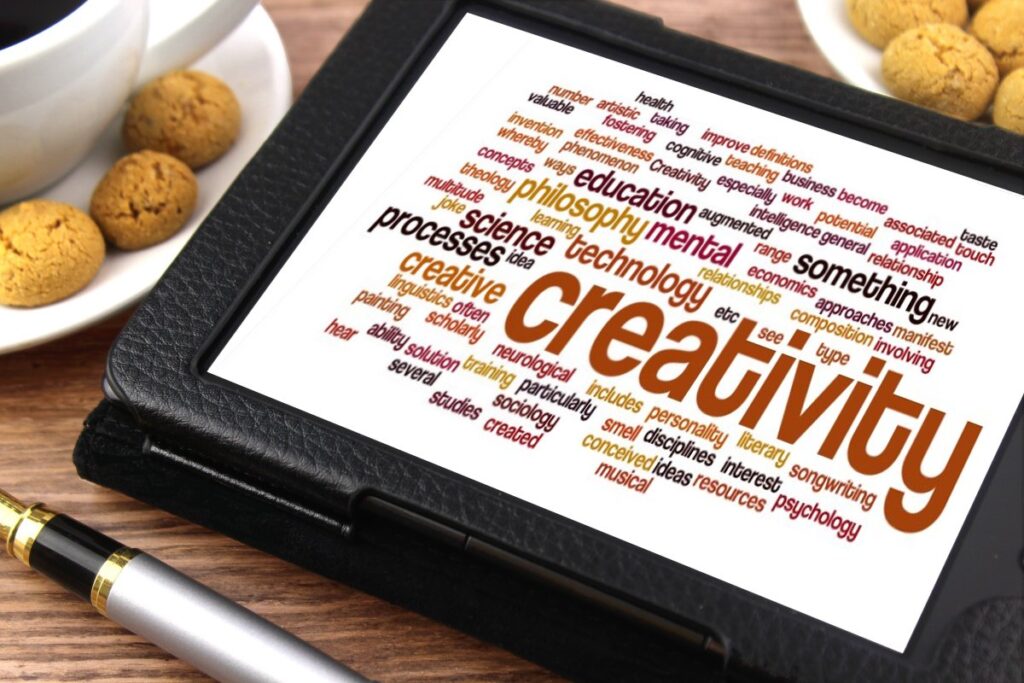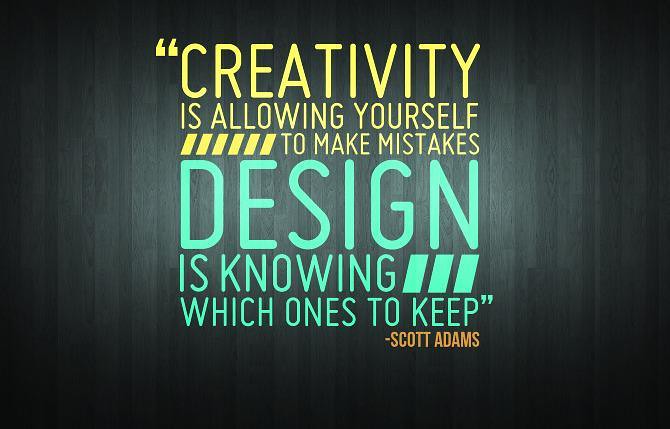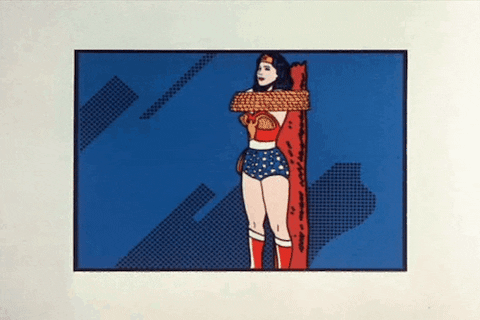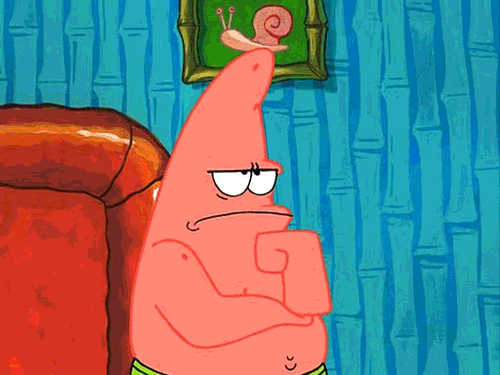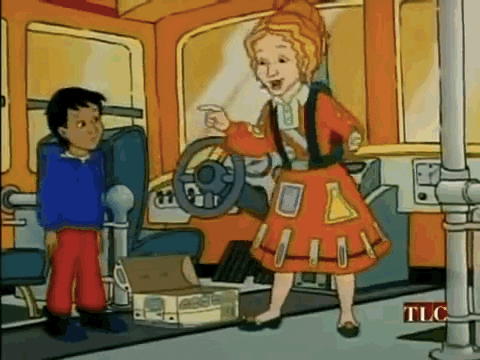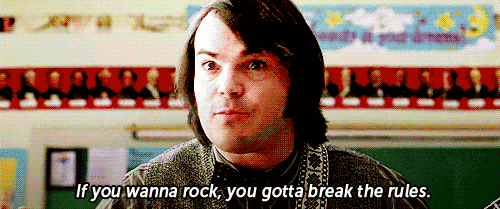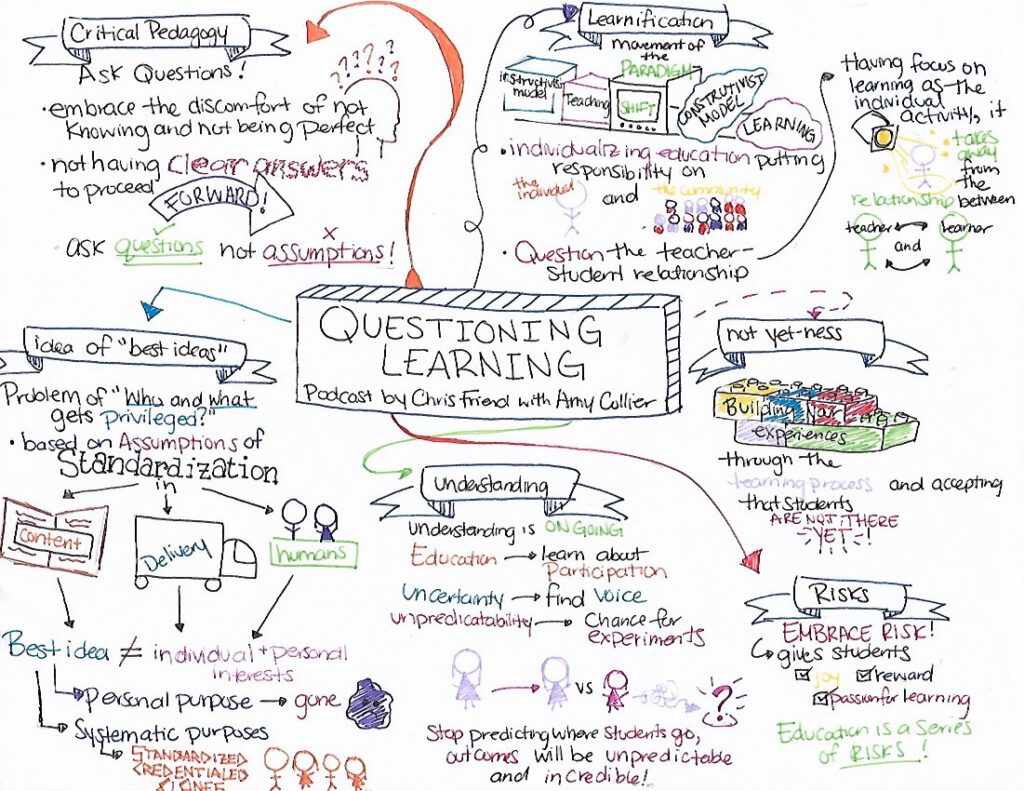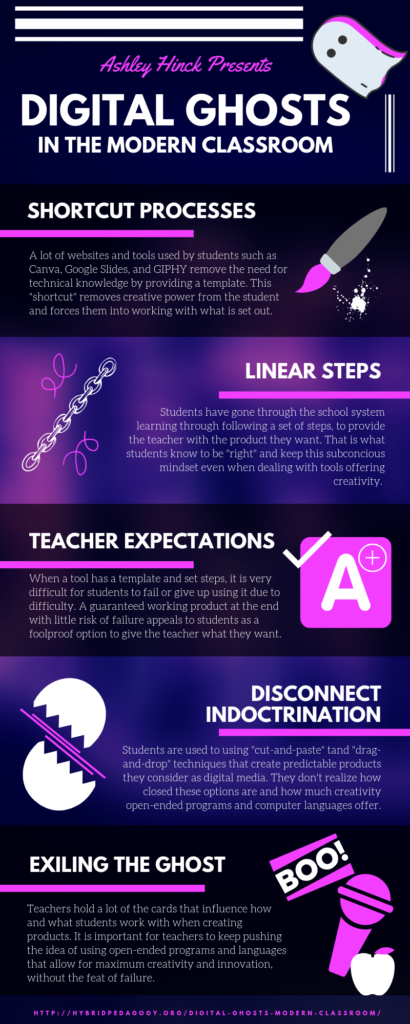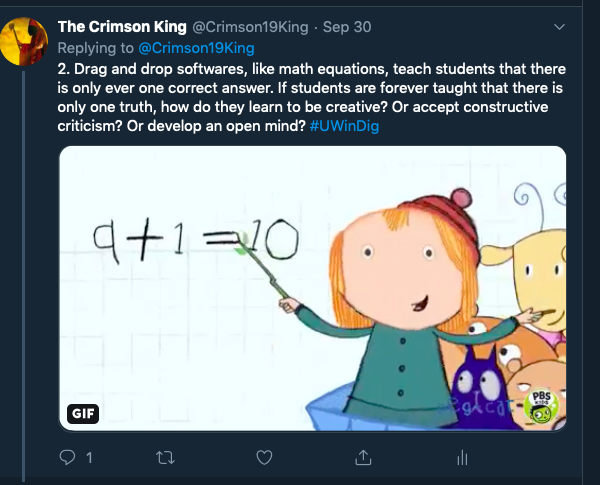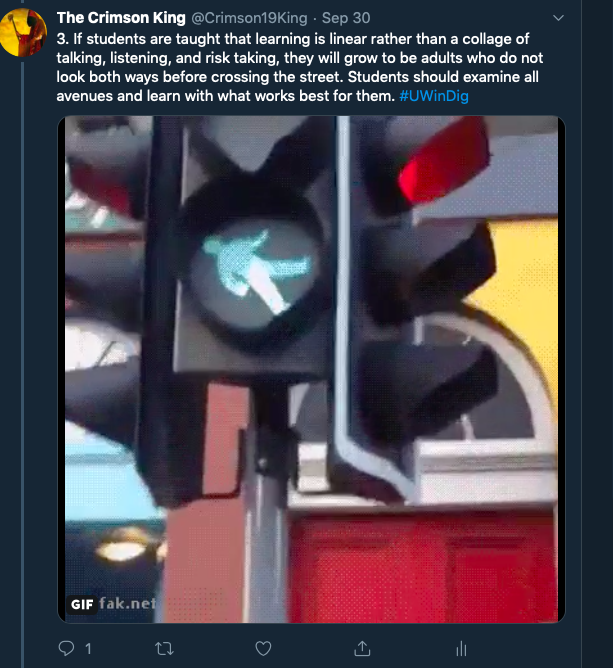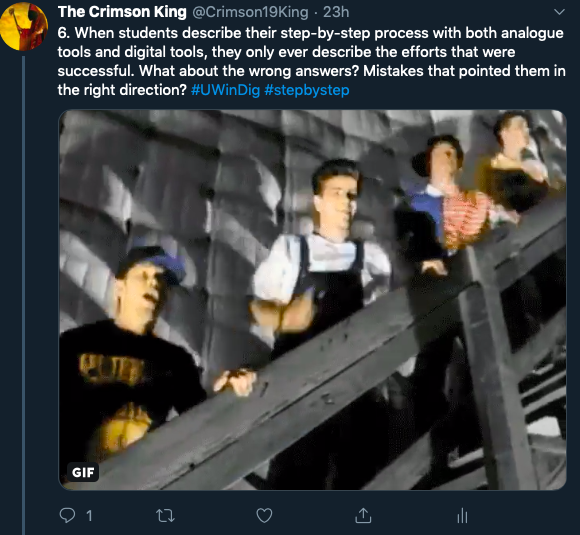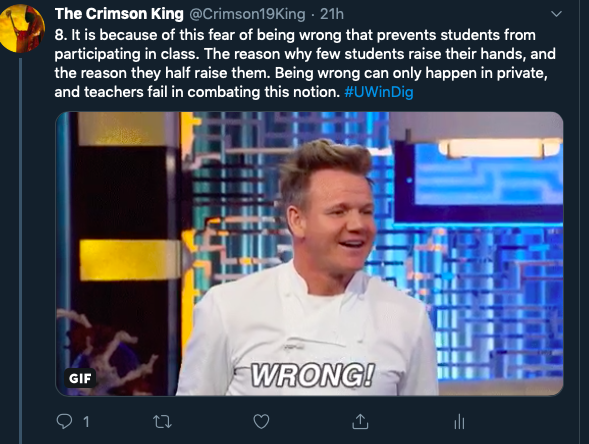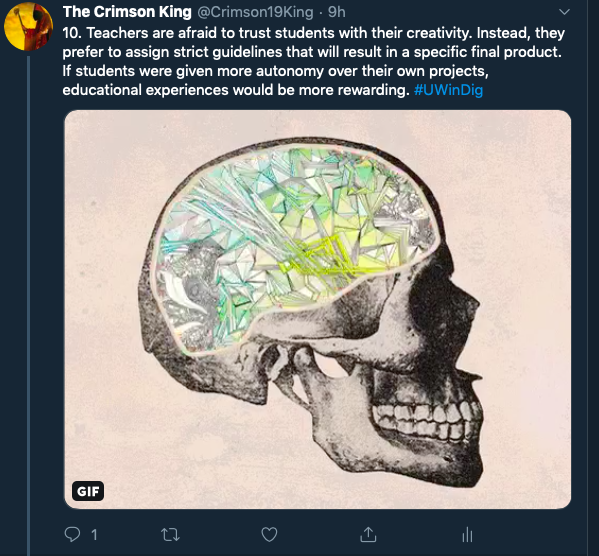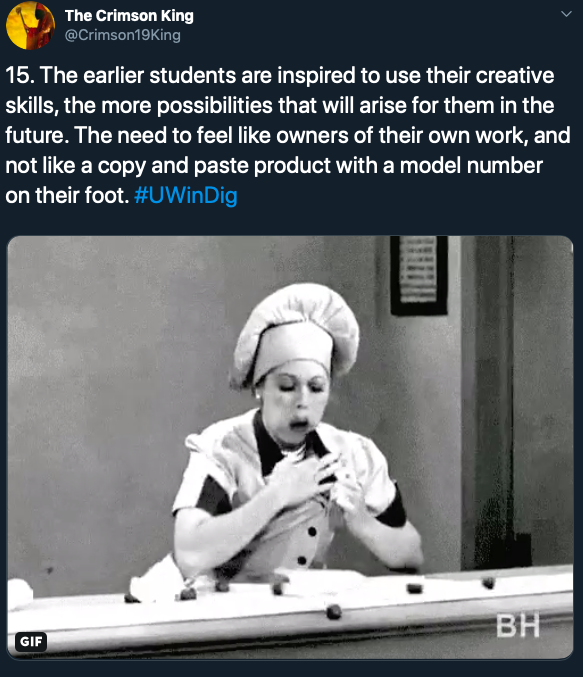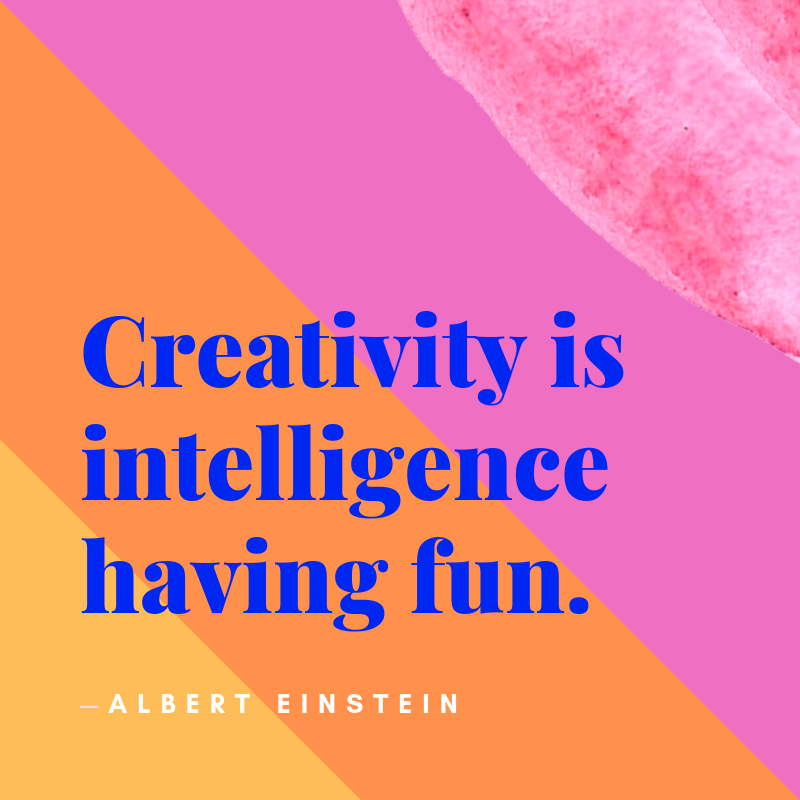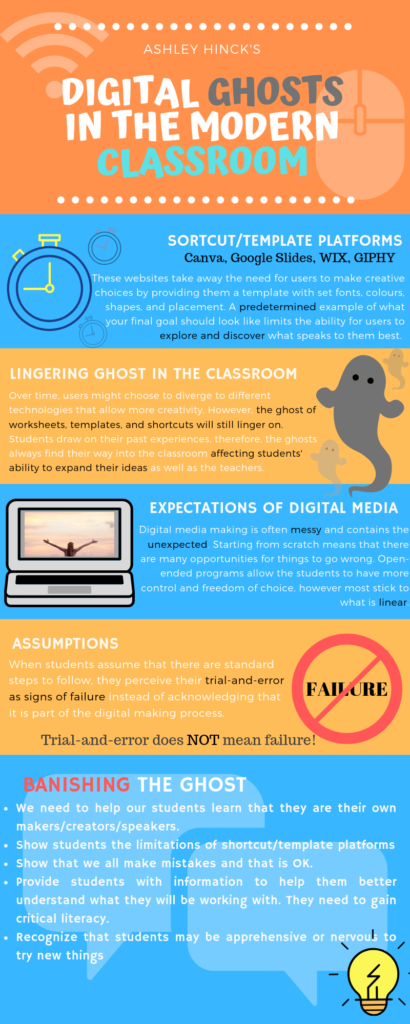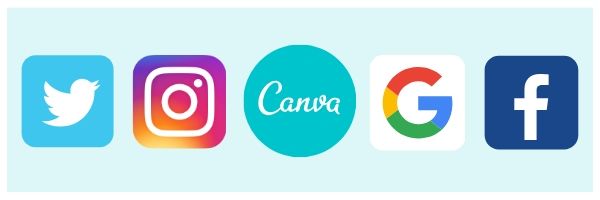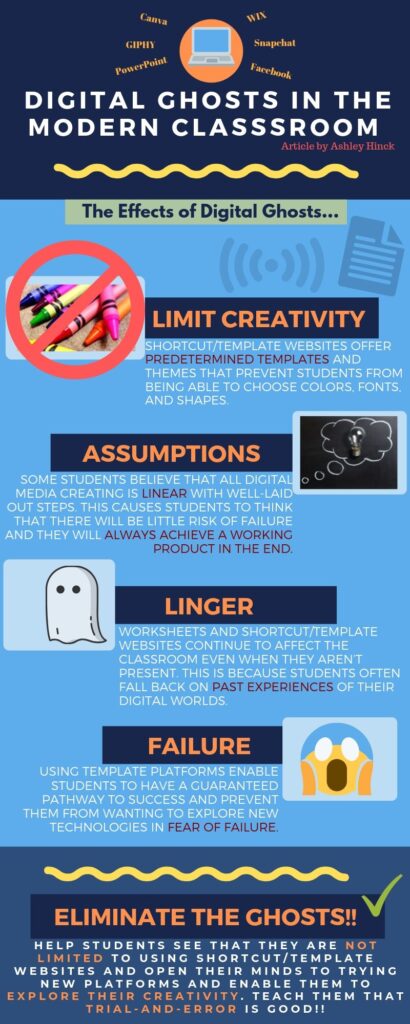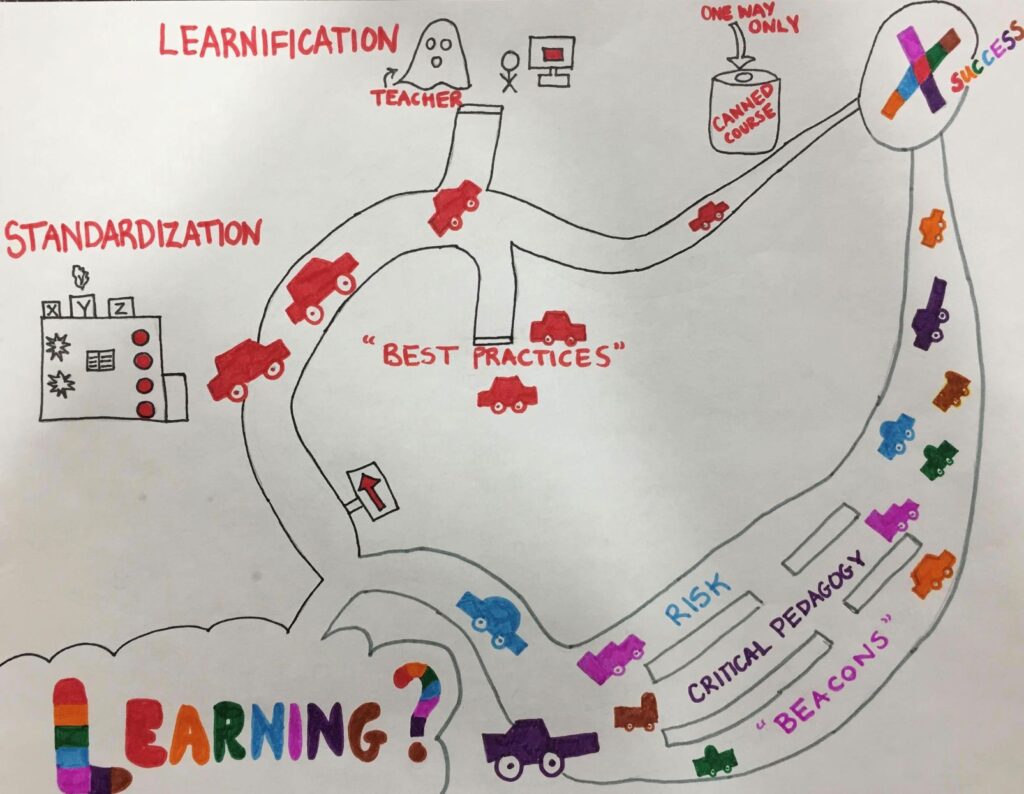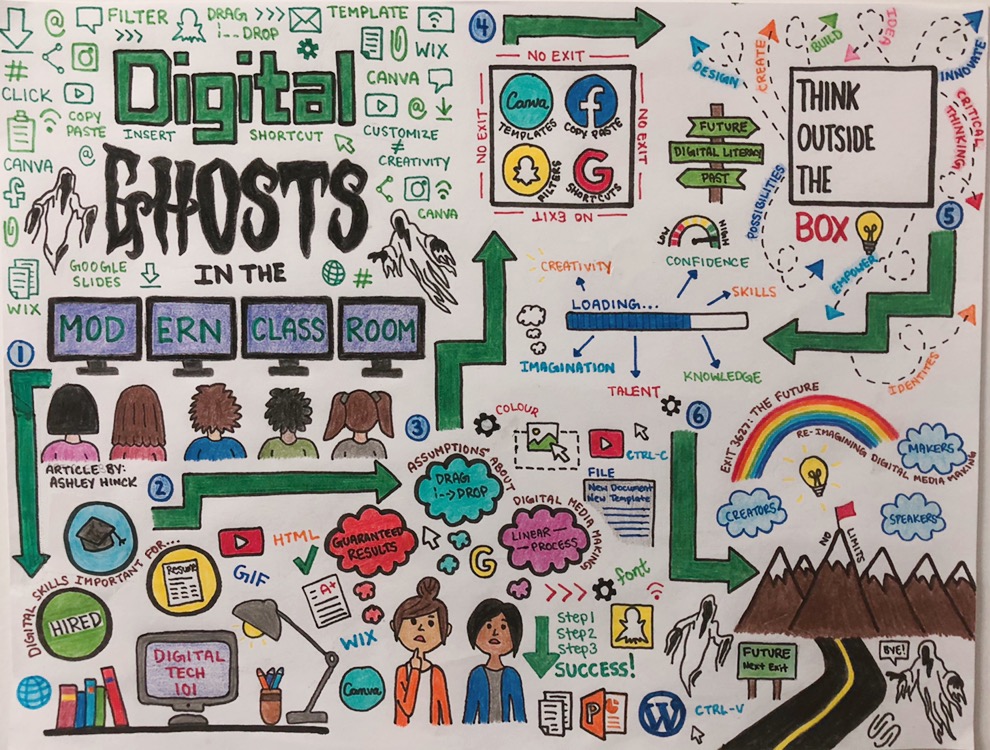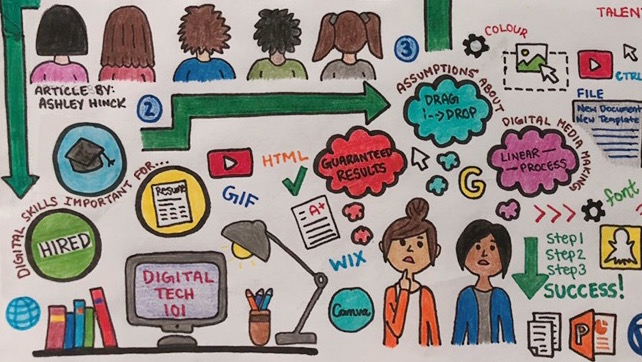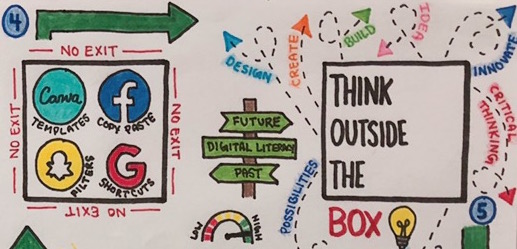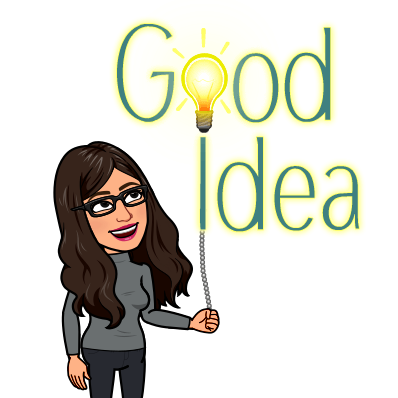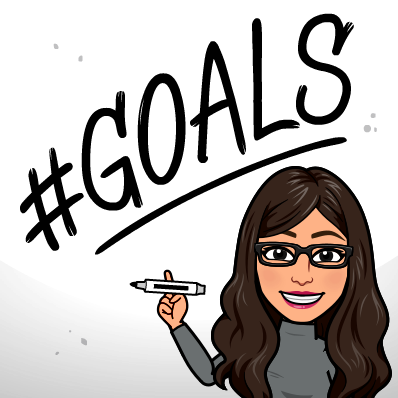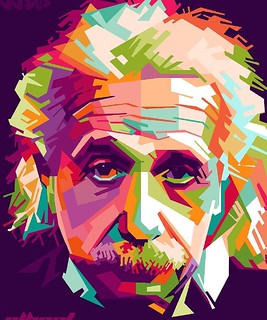I read “Digital Ghosts In The Modern Classroom” by Ashley Hinck.
In the article, Hinck emphasizes the importance of eliminating the traditional school system that treats students as “containers to be filled with correct answers by teachers”. She criticizes the use of shortcut/template platforms in schools and in digital media learning because these platforms limit students’ understanding of digital media making. Hinck mentions platforms such as Canva, WIX, and GIPHY as examples of apps that provide pre-made themes and templates to make the process of creating something easier, quicker and more convenient for students. In reality, these platforms create users who lack creativity, sense of discovery and authority.

I believe that today, our world embraces the need for creativity. In our days successful and prosperous people are those characterized as creators, inventors, and great thinkers. For that reason, as future educators, we need to equip our students with the skills that will enable them to be producers of originality not “copy-pasters”. However, I also think that shortcut platforms are useful in a way because they introduce students to the digital media making process and its unique world. They provide examples and help students visualize the end product of an assignment or a project. Yet, teachers, students, and schools should not be limited to these platforms but use them as building blocks that will lead to the creation of an original product. Shortcut platforms offer only one idea or perspective of what the final product will look like.

It is also important to realize that not all students have the capacity to create an authentic project. Creativity is not a mysterious element but I believe that everyone is born with it. It is up to that person to exercise it and grow it, and it is up to the school system to promote that growth. This was my first time creating an infographic using Visme. I chose a blank template to see if I was able to start from scratch. When I found out there were ready-to-use sections that I could drag into my template, I started using them because it saved me time and it allowed me to envision my ideas and how I wanted to display them. I don’t think using these pre-made sections made me less creative or made me feel that I had less control over my project because I used them as a starting point and I was able to fix, delete, add, change whatever I desired to reach my end result.

Hinck argues that students have learned to always assume that there is only one right answer and only one right way to get to that answer. Again, this narrow type of thinking originates from the traditional method of teaching using worksheets and thinking that the correct answer exists in the pockets of the teachers. Users of digital media, then, are discouraged and hesitant because being a creator means that you will make many mistakes and face many technical troubles and student users translate this to failure and an imperfect final project.

I believe that the role of the teacher is very important in this case because students must see their teacher as a coach, someone who will guide them and steer them toward the right ways. Educators must teach their students the importance of risk-taking and get them to understand that trying, failing and taking longer to achieve something great is part of the learning process that will help them grow as efficient learners. Digital learners must know that technology can be really complicated at times but it offers a lot of space for trial and error, improvement and creating unique products.
It is important to mention that in order to teach students how to be creators, speakers, and makers, we must teach teachers how to be all that as well. Teachers have to be creators in the sense that they must come up with new ways, more approachable and effective, for teaching students. Teachers should be models of what a true learner should look like.


